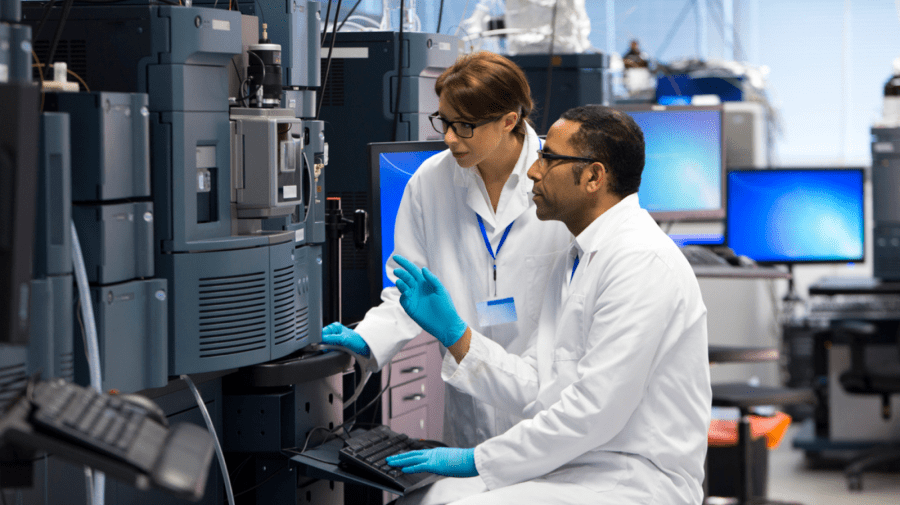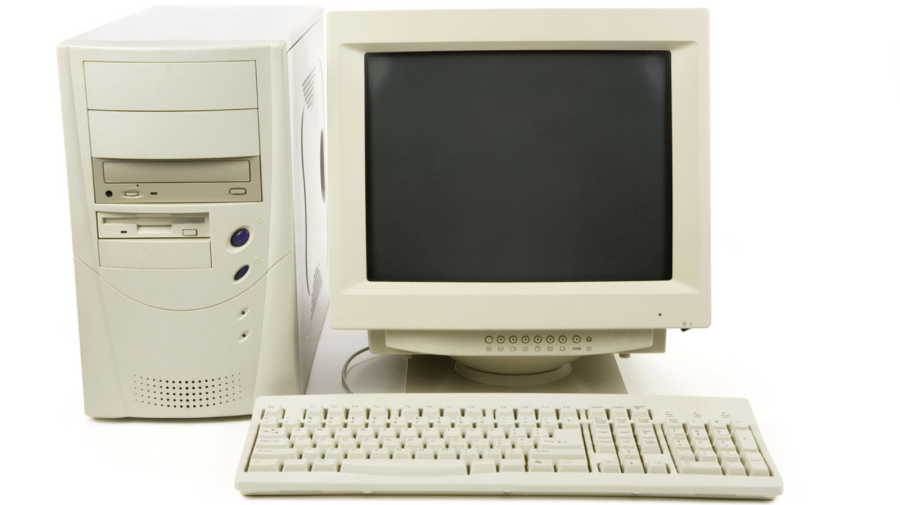What Is Computer Technology?

At one time, it would be unheard of, or even impossible, for a household to have a computer. A few decades later, the computer was a high ticket item. Today, the average household owns more than one computer.
How did such humongous devices, often used by the military, become almost ubiquitous in every aspect of life, from work to play? Computing technology has come a long way in the past several decades, and it continues to have an even greater impact on our daily lives.
History of Computing Technology

ENIAC was an early computer built during World War II. It was by no means the first computer, but it was the first programmable computer. That was a significant step toward the devices we know today because people could program ENIAC to carry out different tasks. Having an unprogrammable computer would be like having a machine that can only create and save spreadsheets. In stark contrast, a programmable computer can work on spreadsheets and be programmed to act as a word processor.
It took a 1,500-square-foot room to store ENIAC, and the humongous machine was made of several large panels. The computer performed complex calculations about artillery. Unlike its predecessors, it was programmable so that the military could use it for other purposes after the War. By the time the bulk machine was built, World War II had already ended. However, it was reprogrammed to help create a hydrogen bomb.
ENIAC took up a room bigger than many houses at the time. It cost almost half a million dollars, and it took literal help from the military to build and operate. At their inception, computers were industrial machines, reserved for only the most important (not to mention expensive) uses, but that has changed.
How the Function of Computers Has Changed

Today, computers are still used in industrial settings, but much smaller and far more powerful computers are used in homes for everything from work and school to chatting and watching videos. Significant changes in computer components are a big part of why computers have become smaller and more powerful.
The earliest computers used vacuum tubes. These were about the size of a finger, and they could only store one bit of information on each tube. By the 60s, most computers used transistors to store information. They could still only hold a bit, but they were much smaller than clunky vacuum tubes. Next came integrated circuits. These were even bigger than vacuum tubes, but they could hold thousands of bits on a single circuit. Finally, the computer chips we know today became the most common way to store information on a computer. Chips are tiny, and they can store millions and even billions of bits of information on a single chip.
Computer chips made it possible to shrink the room-sized mega machines of yesteryear into the often portal personal devices called computers today. Since it is possible to store billions of bits of information in a chip small enough to fit several in the palm of your hand, tiny computers can store a huge amount of data.
In the 70s, Apple and Tandy Radio Shack brought personal computers to the markets. Their models cost over $1,000, which was quite costly for the average family. While these computers could fit on a desk, they were still somewhat clunky compared to the average modern computer. They had large fans to keep them cool, and they had both a monitor and a computer tower. The tower housed most of the computer parts. The monitor created a visual user interface that allowed an untrained user to trigger computer functions by clicking buttons and typing commands.
How Computers Became More Powerful

As computer companies continue to produce more sophisticated chips, faster, smaller computers have become the norm. Modern computers have more processing power than some of the room-sized machines of the past. It could take a large computer mere minutes to process a single equation. Today’s computers can download a movie, send an email, and save a spreadsheet simultaneously.
In the past, it took a floppy disk or CD to use any program that the computer did not come with. Today, the process of accessing more capabilities of your computer is even simpler. Web-based applications allow the same computer to become a hub for graphic design, architecture, engineering, or any other user needs.
As computers have grown more powerful and more portable, computers have become far more widespread. Most homes have multiple computers. If there are no computers in a home, there is almost certainly a smartphone or tablet. It used to require a trained specialist to run a computer, but computers today are far more user-friendly. Without much help, anyone from a baby boomer to a practical baby can learn how to use a computer.
Modern Use of Computers

As widespread as the use of computing technology is some people either do not know how to use computers or prefer not to use them. Even if you do not personally use a computer, computers are part of your everyday life. When your supermarket is running low on your favorite cereal brand, inventory applications on computers usually alert employees to order more. When you check out at almost any store, the cashier uses a computer.
Computing technology is essential to business. During the COVID-19 pandemic, countless companies could (nearly) seamlessly transition to remote work because so many business functions already involve using computers and the Internet. Technology has also had a significant impact on healthcare. Doctors and patients can easily access and collaborate on medical records because it is possible to view them securely on the Internet.
Even in the realm of entertainment, computers allow individuals to create and share content with people worldwide. Individuals can access step-by-step instructions to learn new skills using a computer. You can even get a formal education using a computer. Everything from primary schools to graduate schools is available entirely online. As computers have changed over time, they have quite literally changed the wor





